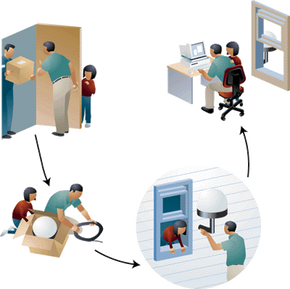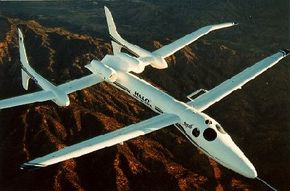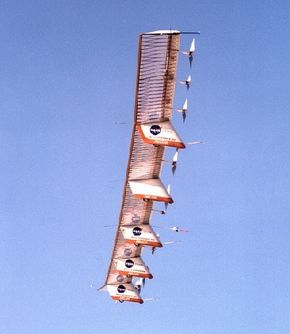The word on just about every Internet user's lips these days is "broadband." We have so much more data to send and download today, including audio files, video files and photos, that it's clogging our wimpy modems. Many Internet users are switching to cable modems and digital subscriber lines (DSLs) to increase their bandwidth. There's also a new type of service being developed that will take broadband into the air.
At least three companies are planning to provide high-speed wireless Internet connection by placing aircraft in fixed patterns over hundreds of cities. Angel Technologies is planning an airborne Internet network, called High Altitude Long Operation (HALO), which would use lightweight planes to circle overhead and provide data delivery faster than a T1 line for businesses. Consumers would get a connection comparable to DSL. Also, AeroVironment has teamed up with NASA on a solar-powered, unmanned plane that would work like the HALO network, and Sky Station International is planning a similar venture using blimps instead of planes.
Advertisement






